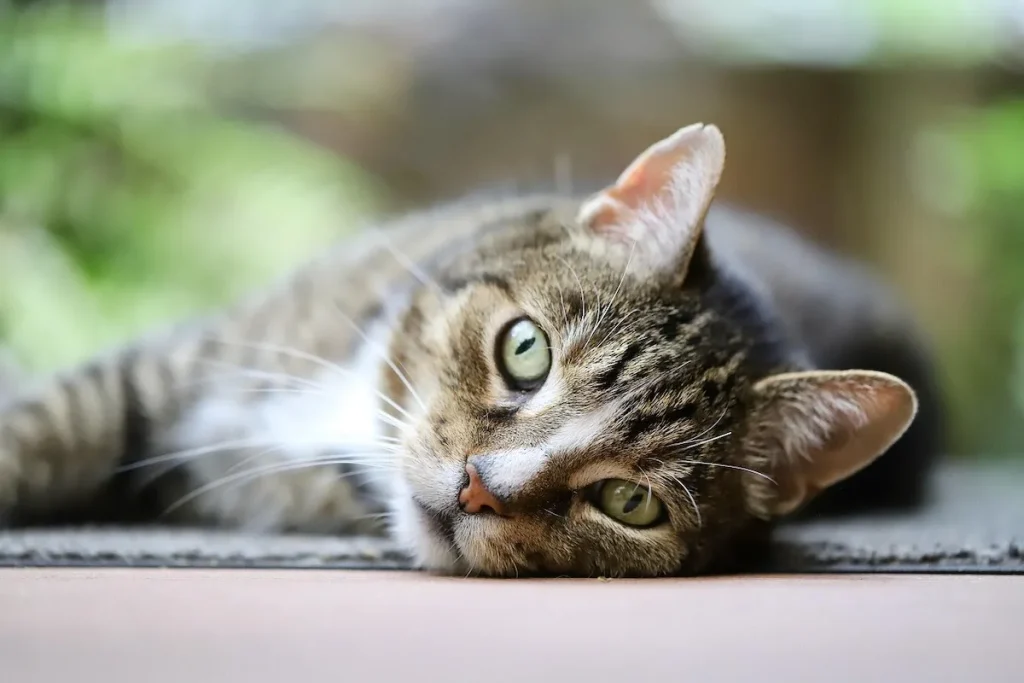Signs your pet is unhappy or stressed

Pets bring joy, companionship, and comfort to our lives, but like humans, they can experience stress, unhappiness, and anxiety. Unfortunately, they can’t communicate their feelings with words, so it’s up to pet owners to recognize behavioral and physical signs that something is wrong. Understanding these signals is crucial for your pet’s health and wellbeing, as prolonged stress can lead to serious physical and emotional problems. Here are some key signs that your pet may be unhappy or stressed.
1. Changes in Appetite

One of the first signs of stress or unhappiness in pets is a change in eating habits. Dogs or cats who suddenly refuse food, eat less than usual, or overeat may be signaling discomfort. Stress can suppress appetite in some pets, while in others, it can trigger emotional eating. Observing your pet’s regular eating patterns and noticing sudden deviations is a simple yet effective way to spot early stress.
2. Withdrawal or Hiding
Pets often seek solitude when they are feeling anxious or unhappy. If your normally social dog starts hiding under furniture, avoiding interaction, or refusing to engage with family members, it may be stressed. Similarly, cats are known to retreat to quiet corners or high perches when anxious. While occasional alone time is normal, consistent withdrawal from social interaction is a red flag.
3. Excessive Grooming or Licking
Many pets, especially cats, will groom themselves more than usual when stressed. This can manifest as excessive licking, chewing, or scratching specific areas of their body, sometimes leading to bald spots or sores. Dogs may lick their paws, chew furniture, or excessively groom themselves as a way to cope with anxiety. If you notice repetitive behaviors, it’s worth consulting a veterinarian.
4. Aggression or Irritability

Stress can make pets unusually irritable or aggressive. A typically calm dog may growl, snap, or bark more than usual, while a cat may swat or hiss without provocation. Such behavioral changes often occur when pets feel threatened, anxious, or overstimulated. Recognizing and addressing the root cause of stress can prevent accidents and improve your pet’s comfort.
5. Changes in Sleeping Patterns
Just like humans, pets’ sleep is affected by their mental state. Stressed or unhappy pets may sleep more than usual or, conversely, struggle to rest. Dogs may pace or whine, while cats may exhibit restlessness or frequent nighttime activity. Consistent changes in sleep habits can indicate that something is bothering your pet physically or emotionally.
6. Destructive Behavior
Chewing, scratching, digging, or other destructive behaviors can signal stress or frustration. Dogs left alone for long periods may chew furniture or shoes, while cats may scratch doors, walls, or furniture excessively. Such behaviors are often a way for pets to release pent-up energy or cope with anxiety. Observing these behaviors and identifying triggers can help you reduce your pet’s stress levels.
7. Changes in Vocalization

Pets communicate a lot through sounds. Increased barking, whining, meowing, or yowling can be signs of stress, fear, or discomfort. While some vocalization is normal, a sudden increase or change in tone often indicates that your pet is anxious or unhappy. Paying attention to context—such as during separation or around new stimuli—can help identify the cause.
8. Physical Symptoms
Stress doesn’t only affect behavior—it can also manifest physically. Pets under stress may exhibit gastrointestinal problems, such as vomiting or diarrhea, or show signs of weight loss or gain. Other physical signs include drooling, pacing, panting (in dogs), or fur shedding. Persistent physical symptoms should always be evaluated by a veterinarian, as they may indicate both stress and underlying health issues.
9. Reluctance to Play or Exercise
Pets that lose interest in activities they once enjoyed may be experiencing stress or unhappiness. A dog that refuses walks or a cat that avoids playtime could be signaling emotional distress. Engaging your pet in regular exercise and mental stimulation is essential, but a sudden decline in enthusiasm should be addressed promptly.
10. Unusual Attachment or Clinginess
Some pets respond to stress by becoming overly clingy or seeking constant attention. A dog may follow you everywhere, or a cat may insist on being held or petted constantly. While affection is normal, sudden clinginess may indicate anxiety, insecurity, or fear triggered by environmental changes or disruptions in routine.
Conclusion
Recognizing the signs of stress or unhappiness in pets is the first step toward ensuring their well-being. Behavioral and physical changes often serve as warnings that your pet needs attention, reassurance, or even professional help. Providing a stable environment, proper nutrition, exercise, mental stimulation, and love can go a long way in alleviating stress. If concerning behaviors persist, consulting a veterinarian or animal behaviorist is essential. By being attentive to your pet’s signals, you can help them lead a happier, healthier, and more fulfilled life.